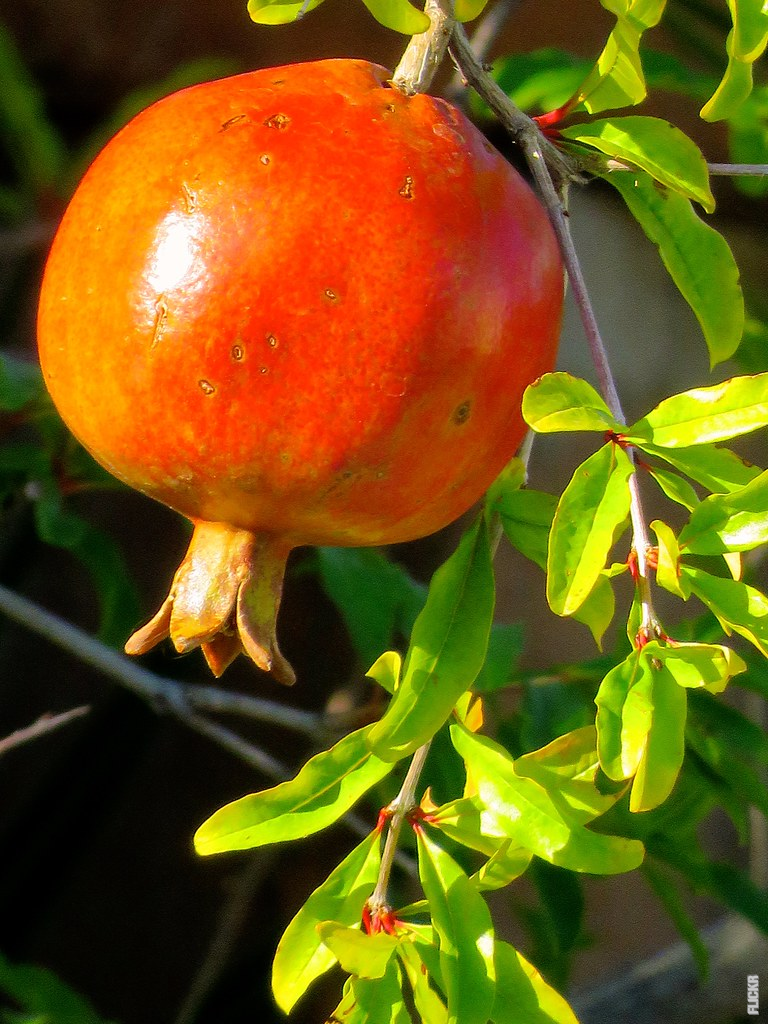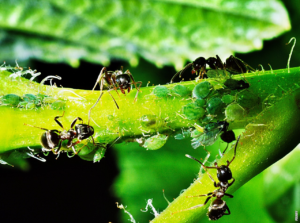Unveiling the Secrets of Soil: Diagnosing Quality for Optimal Cultivation
Soil is more than just dirt; it is a complex ecosystem teeming with life and countless mysteries waiting to be unraveled. As farmers and gardeners embark on their quest to cultivate thriving crops, understanding the quality of the soil becomes paramount. In this article, we will delve into the fascinating world of soil diagnostics, exploring the techniques used to assess soil quality for optimal cultivation.
The Art of Soil Sampling: Unlocking the Clues
Before the secrets of the soil can be revealed, skilled scientists and farmers employ the art of soil sampling. This delicate procedure involves carefully selecting representative portions of the earth, ensuring a comprehensive analysis of its composition. By collecting samples from various depths and locations, experts can gain valuable insights into the soil’s health, structure, and nutrient content.
Unearthing the Hidden Gems: Analyzing Soil Composition
Once the soil samples have been collected, a meticulous analysis begins. Advanced laboratory techniques, such as spectroscopy and chromatography, come into play. These methods allow scientists to identify the presence of essential macronutrients like nitrogen, phosphorus, and potassium, as well as micronutrients like iron, zinc, and manganese. Additionally, the soil’s pH level, organic matter content, and texture are meticulously examined, providing a comprehensive snapshot of its overall quality.
The Power of Bioindicators: Nature’s Soil Quality Assessors
Nature itself holds the key to soil quality assessment through the use of bioindicators. These remarkable organisms, including earthworms, fungi, and bacteria, act as nature’s detectives, indicating the soil’s biological activity and fertility. By observing the presence and diversity of these bioindicators, experts can gauge the soil’s health and its potential to support plant growth.
Unlocking the Genetic Code: DNA Analysis in Soil Diagnostics
Advancements in technology have opened up new frontiers in soil diagnostics, particularly through DNA analysis. By studying the genetic material present in the soil, scientists can identify specific microbial communities and assess their impact on soil quality. This groundbreaking approach offers invaluable insights into the intricate relationships between soil microorganisms and plant health.
Post
Post
Mapping the Soil: Geospatial Technology in Soil Quality Diagnosis
Geospatial technology, such as remote sensing and geographic information systems (GIS), plays a critical role in soil quality diagnosis. By combining satellite imagery, topographic data, and soil sampling information, experts can create detailed soil maps. These maps provide a spatial understanding of soil attributes, enabling farmers to make informed decisions regarding crop selection, irrigation, and nutrient management.
A Holistic Approach: Integrating Soil Management Strategies
Diagnosing soil quality is only the first step towards successful cultivation. Armed with the knowledge gained through soil diagnostics, farmers and gardeners can implement targeted soil management strategies. These may include adopting organic farming practices, applying tailored fertilization techniques, and promoting biodiversity. By taking a holistic approach to soil management, we can ensure sustainable agriculture while preserving the delicate balance of our planet.
As we conclude our exploration into the world of soil quality diagnostics, we are reminded of the intricate web of life beneath our feet. The art and science of understanding soil allow us to unlock its hidden potential and cultivate bountiful harvests. So, the next time you dig your hands into the earth, remember that you are not just touching dirt – you are connecting with the very essence of life itself.



